When Brenda Vande Voort moved into the Spectrum Health Rehab and Nursing Center three years ago, the medical staff couldn’t get her to leave her room.
Her husband of 10 years had recently died, and Vande Voort, 47, understandably didn’t have a desire to do much of anything.
“I was in a bit of shock,” Vande Voort said. “I was kind of floating in my own little world.”
But in the past year, her confidence and spirit have returned. She’s “flying high,” she says, and she attributes it to a new-found hobby: adult coloring.
“I got interested in these posters I saw online,” Vande Voort said. “They were very intricate and then I saw gel pens, and I had a little money, so I bought them.
“I was just looking for anything that would spike my interest and get me back into everyday life. And something that would be for me. Something that I could say, ‘Look what I did.’ Even though I’ve been through all this, I can still do this. I can still make beautiful things.”
The right relief
Adult coloring has become a major fad and rehabilitation tool in the past several years. In 2015, an estimated 12 million adult coloring books were sold in the United States, according to Nielsen Bookscan.
There are coloring books for “Harry Potter” or Taylor Swift fans, books full of intricate Moorish designs, Christian coloring books, hipster coloring books, and countless others. Some of them have postcard-sized designs, others are posters that can fill entire walls.
The phenomenon has been covered by The New York Times, The Washington Post and The Guardian. Devotees say adult coloring is therapeutic and it provides many of the same benefits as meditation.
For people like Vande Voort, coloring can help rebuild confidence, said RaNae Couture, art coordinator for Spectrum Health’s expressive arts program.
The arts also enable people to de-stress and unplug from the rest of the world, Couture said. And for people who don’t have time or space or artistic training, coloring is a way to enter that universe.
“They’re easy for people to use in spaces that are not so easy to do art,” she said. “It’s something that just uses markers. You don’t need water, you don’t really need a table even.
“A lot of people come into the creative arts thinking it’s easy,” Couture said. “They say, ‘When I retire I’m going to paint.’ But when you’re doing your artwork and creating it from scratch, there’s a lot of problem-solving, a lot of intricacies. People suddenly think, ‘There’s a lot more to this,’ and can get a little disheartened. Also too, there’s a confidence factor. It take times to build confidence.”
Much like Vande Voort, a lot of people find that coloring books provide exactly what they’re seeking in an outlet.
“(Brenda) found her niche with the coloring books, so she didn’t have to go through all that,” Couture said. “With the way her mind works, her cognitive abilities, coloring was easier for her. The other stuff wasn’t working for her, but the coloring books are working for her. So she just had to find the right outlet.”
Experts are brimming with similar success stories: A former teacher and chaplain whose infant son died, and whose coloring helped calm her restlessness and nerves. Mothers who need quiet time away from their children. People struggling with high blood pressure.
Vande Voort, who has cerebral palsy and two college degrees, spent her career helping other people. She worked for a nonprofit helping students with disabilities apply to college. She worked with teenagers in drug rehabilitation. She worked with governments to design protections for disabled people, helping draft the Americans with Disabilities Act of 1990.
But after her husband’s death, Vande Voort found herself in need of help. Coloring provided that relief, easing her anxiety and bolstering her sense of worth.
“It’s helped me be OK to be discussing my emotions more openly here,” she said of the rehab center. “And also, doing the artwork has given me more confidence in myself.
“Since my disability has gotten worse, and my husband’s death—they kind of coincided—coloring gives me a sense of purpose, a sense of joy,” she said. “And yeah, of course, it helps me pass the time since I can no longer work. It’s time well-spent. It doesn’t feel like I just wasted three hours or an hour.”
‘We’re all artists’
Vande Voort prefers mid-sized posters. She recently finished one of a family of mice in their human-like home, cooking and eating in their mouse kitchen, wearing colorful mouse clothing, and exhibiting other human-like behaviors.
She’s now working on a large poster of a wizard surrounded by a stack of books.
“Especially when they play music in the art room, it makes me remember times with my husband,” Vande Voort said. “Doing the posters and some other things, it kind of helped me get through that, and be able to be OK being in the art room. It helped me become a more confident new Brenda. Or probably, one that was always there, but nobody had ever totally coaxed out.”
In addition to increasing confidence and de-stressing, coloring can subconsciously teach about boundaries, both literal and figurative, according to psychological experts.
It also has the added benefit of getting people to put down their smartphones and laptops for a period of time, which can have all sorts of positive health effects.
Couture said she expects the coloring phenomenon to keep growing, as companies and younger Americans put a larger value on creativity and innovations.
“I feel it is a very creative time in our culture and the world right now. It’s exploding. It’s like a renaissance,” Couture said. “(Famed artist) Marcel Duchamp, he believed we’re all artists. When he said, ‘Art is dead,’ he meant the box of ‘only these people are artists’ is dead. He felt art is universal, that we’re all artists. And I think that’s the realization people are coming to.
“Art is not just for these people whose mother told them they’re artists, but told their sister they’re good at math,” she said. “We’re all creative. We all have that capacity. People are realizing they all can be creative. Now, unfortunately, we don’t have time, we’re all busy, but these coloring books are way for some to do that art, to look at the colors, to arrange the colors how they want. It’s easy.”
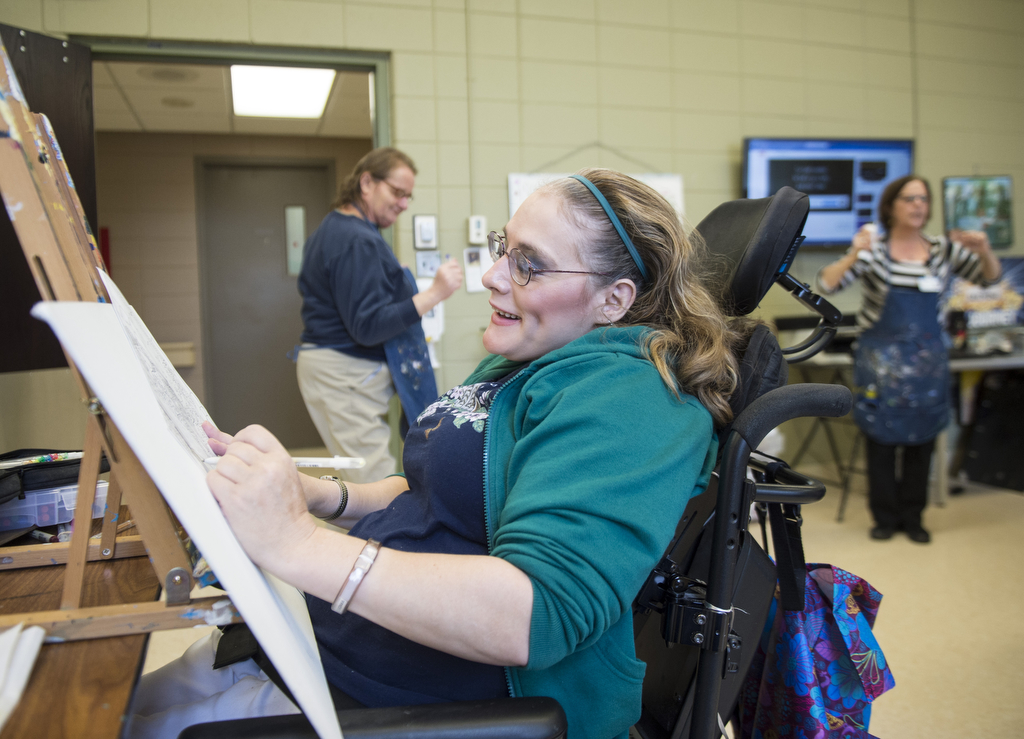
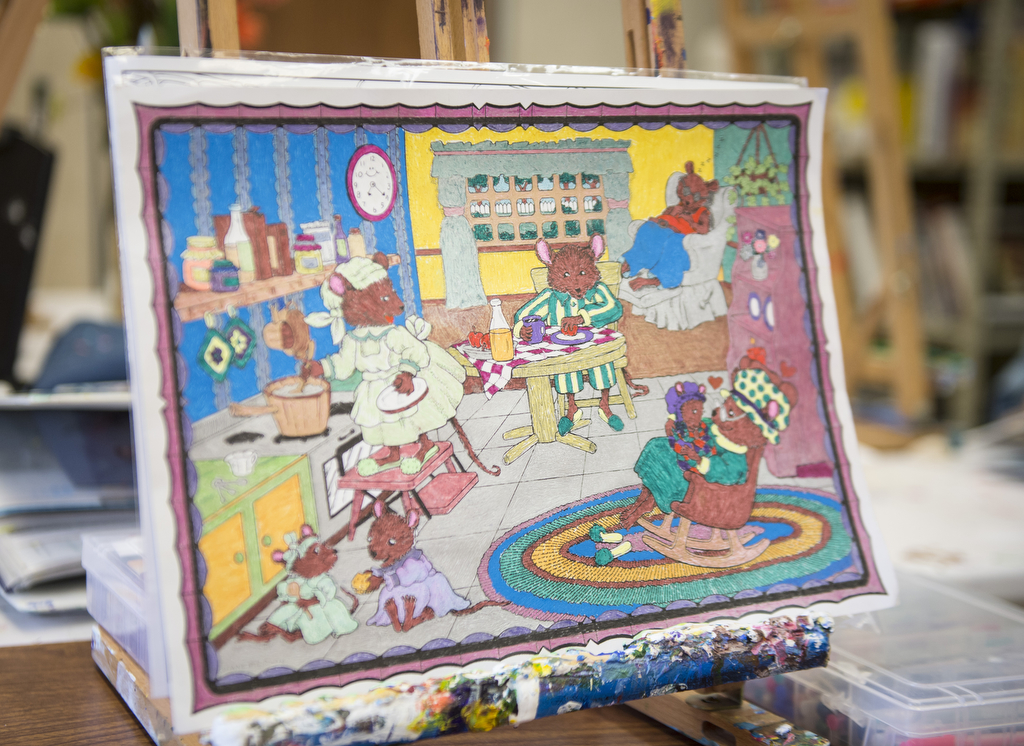

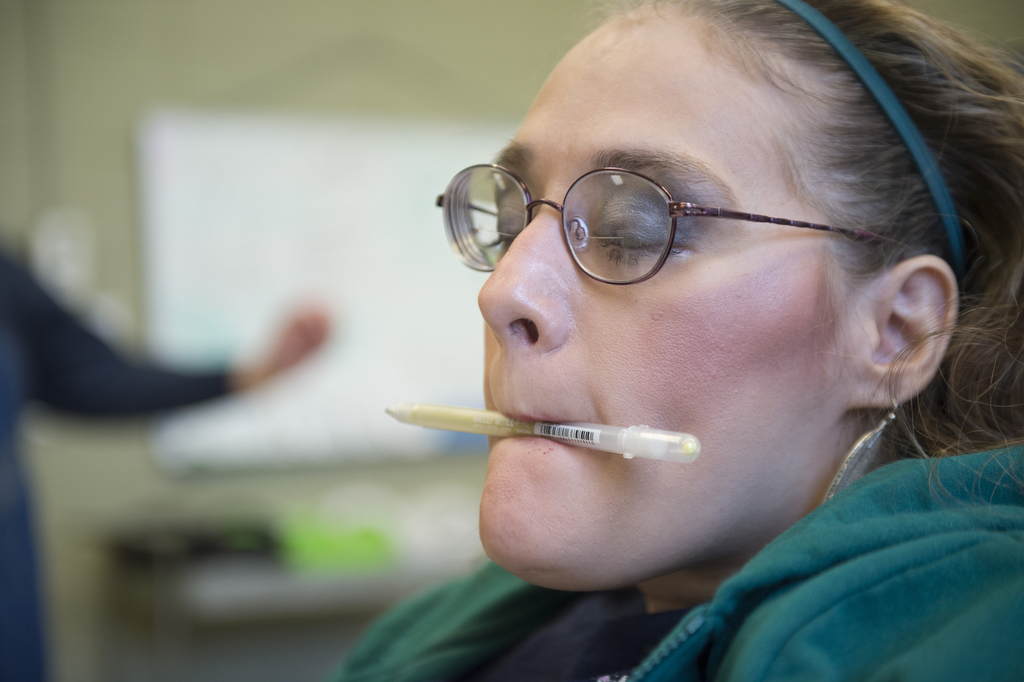

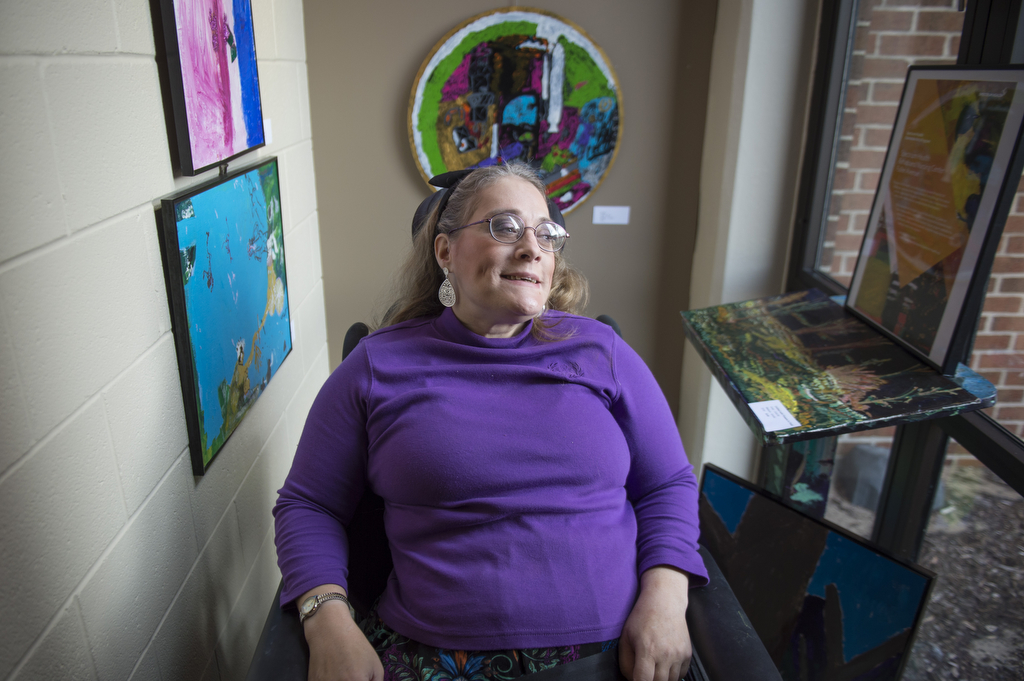

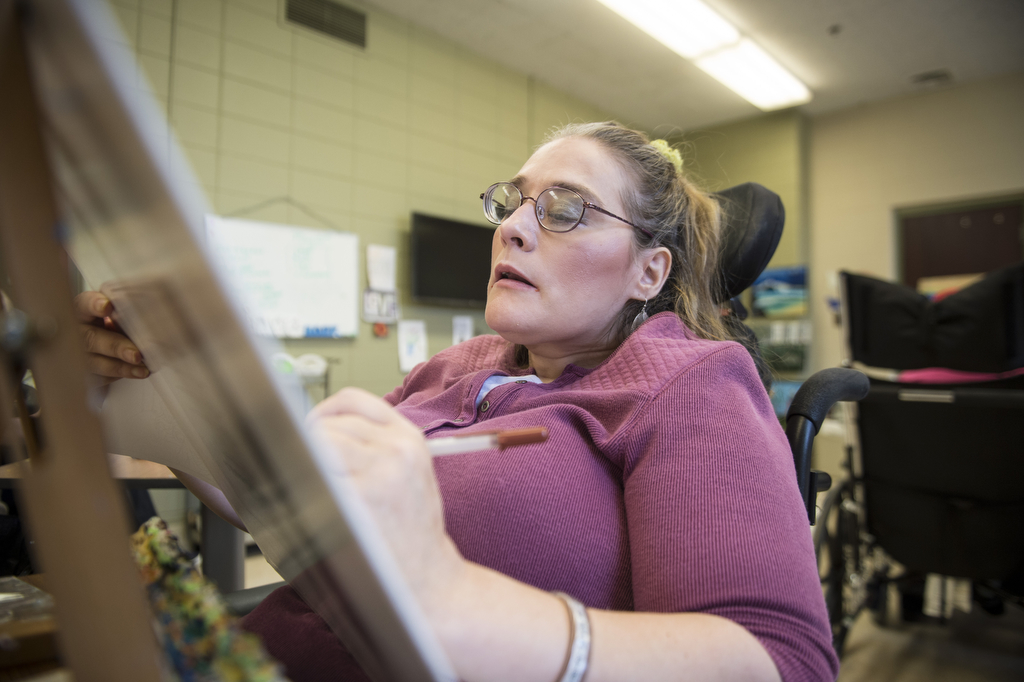
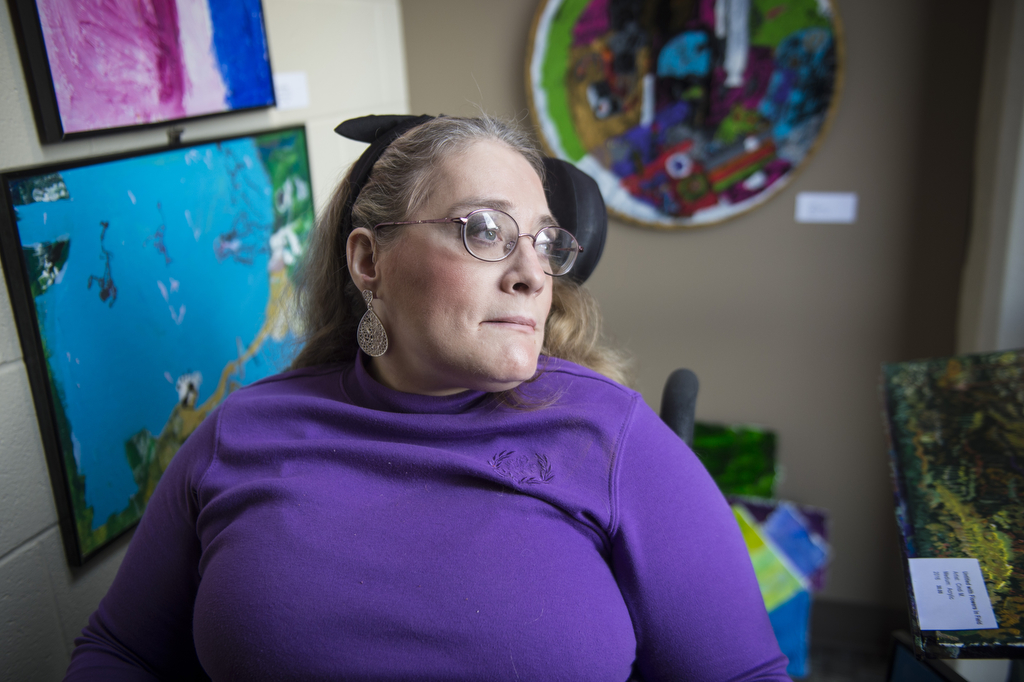

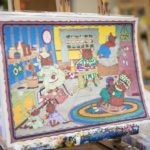
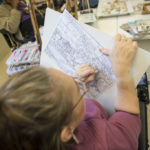

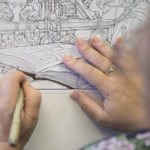
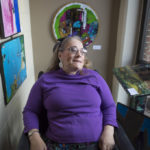



 /a>
/a>
 /a>
/a>
 /a>
/a>
What a wonderful piece! Good for Brenda for finding a pastime that is so positive in so many ways. I’d love to see some of her finished coloring posters!
The family of mice is one of my current posters I have finished and is posted underneath the main photo of me. If you enjoy the outcome of that one, I’d be very happy to do one for you.
Just pick from a verity of small posters found at Stuff2Color.com. I’m happy to purchase it and color it for you! Just give me some of your favorite colors and I’ll incorporate them into the picture somewhere/somehow!
I charge $60 per standard size poster, like the one finished and listed underneath the main article picture.This money will cover the cost of the poster, amount of ink used, and all the hours it takes me too complete the picture. Depending on size, amount of detail, all the thought, color choice, and physical labor involved (takes a lot of concentration and eye/hand control due my having Cerebral Palsy) it takes 3 to 5 months to finish one poster! Choosing the right colors takes time as well. You may also call me if you want (1-616-430-2459 E.S.T.